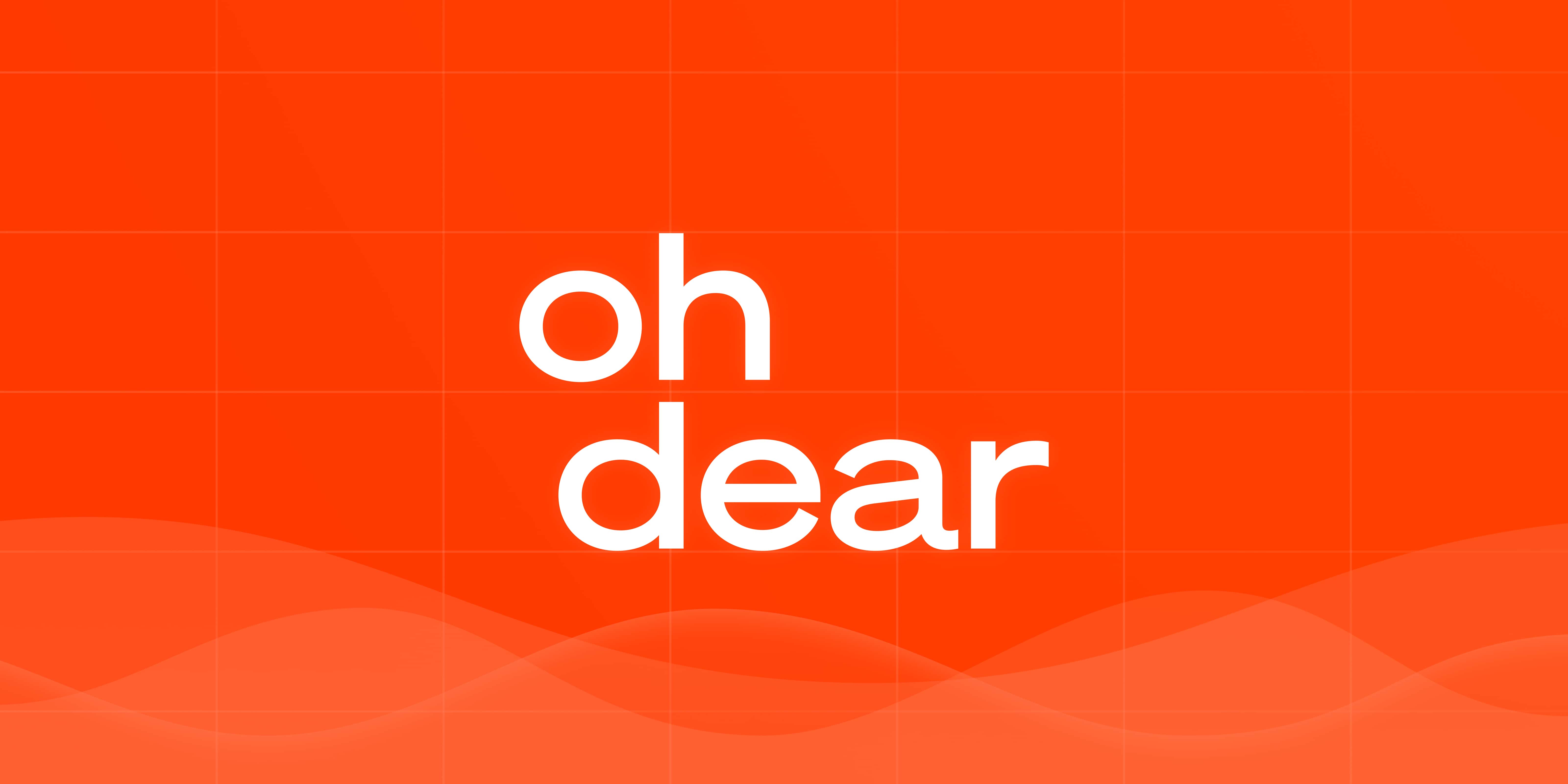DevOps Articles
Curated articles, resources, tips and trends from the DevOps World.
How Observability Improves User Experience and Digital Performance
Summary: This is a summary of an article originally published by DevOps.com. Read the full original article here →
In today’s digital landscape, observability is becoming a cornerstone for enhancing user experience and optimizing digital performance. Observability transcends traditional monitoring by providing comprehensive insights into complex systems, allowing teams to understand not only when things go wrong but also why. This understanding empowers DevOps teams to proactively address issues before they impact users, leading to smoother interactions and higher satisfaction.
Key aspects of observability include the integration of logs, metrics, and traces, which provide a detailed view of application performance and user interactions. Tools such as Prometheus, Grafana, and Jaeger play a crucial role in this ecosystem, enabling teams to visualize data and pinpoint bottlenecks effectively. By leveraging these tools, organizations can dissect user journeys and identify areas for improvement, ultimately leading to a more refined digital experience.
Moreover, observability fosters a culture of continuous improvement within DevOps teams. By analyzing the data gathered through observability practices, teams can iterate on their applications and infrastructure, adopt best practices, and innovate faster. This iterative process not only enhances performance but also aligns development efforts with user expectations, creating a feedback loop that drives business value. In a competitive market, the ability to quickly diagnose and resolve issues can set a company apart, making observability an essential focus for any DevOps strategy.
Product
Useful Links
Made with pure grit © 2025 Jetpack Labs Inc. All rights reserved. www.jetpacklabs.com





